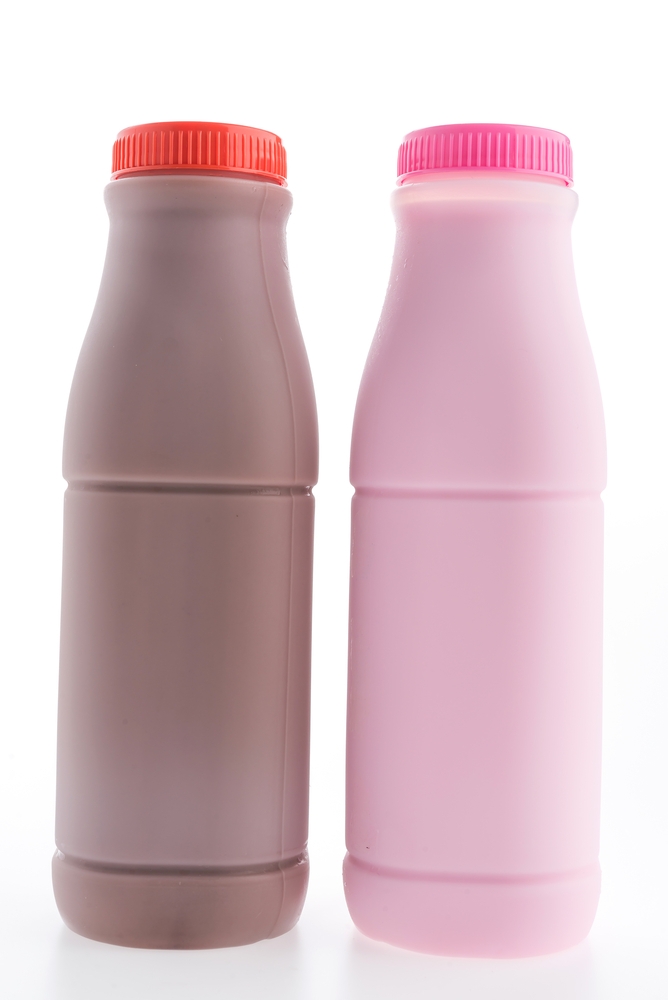- Home
- Blog
- Medical Diets
- Eat to beat chewing difficulties
Eat to beat chewing difficulties
Written by Catherine Saxelby
on Monday, 08 October 2012.
Tagged: diets, guides, healthy eating, hunger, hydration, Liquid breakfast, liquid diet, soup, special diets, tips, weight loss

A liquid or pureed diet is necessary for anyone who can't chew or whose mouth is immobilized. This includes after tooth extraction especially wisdom teeth, a broken jaw or facial injuries to the lips, cheeks or nose. It is also useful for anyone unable to chew and swallow properly due to dry mouth, mouth ulcers, mouth problems, braces, dental work or post-operatively.
What you can eat
Any food can be included, provided it is pureed to a semi-solid consistency in a food processor or blender. It can be thinned down with gravy, stock, milk or water and fed to the patient with a wide straw or spoon.
Frequently, the patient is hungry and loses weight, especially if young and male, and ensuring that they receive enough kilojoules/calories each day can be a problem.
A liquid diet soon becomes monotonous and boring, so encouragement and variety of liquids is important.
Suitable foods and meal alternatives
- Milkshakes enriched with extra milk powder
- Milk enriched with a scoop of high-kilojoule supplement powders (Sustagen, Ensure)
- Banana smoothies or strawberry smoothies
- Fruit juice enriched with glucose powder
- Finely-pureed stewed or canned fruit
- Egg flips - see recipe below
- Smooth pureed soups (cream of pumpkin, potato and leek soup)
- Chicken or beef broth
- Thin egg custard
- Finely pureed vegetables e.g. carrot, zucchini, squash, pumpkin, peas
- Liquid breakfasts in a tetrapack
- Complete liquid meal replacements (Sustagen, Ensure)
Suitable Drinks
- Tea or coffee
- Milk - buy full-fat if weight is a concern
- Flavoured milks
- Hot milk
- Hot milk made with cocoa powder or commercial milk additions like Milo, Actavite or Ovaltine
- Mineral water
- Cordial
- Tomato juice
- Vegetable juice (V8 or home-made in a juicer e.g. carrot with spinach, apple and ginger)
- Soft drinks (to keep fluid and kilojoules/calories up in hungry young males)
Puree meal ideas
1 - Chicken, potato and celery puree
In a saucepan, place chicken breast or 100g diced chicken pieces with a peeled, diced potato and one stick of celery. Cover with just enough water or stock, a few sprigs of parsley and a bay leaf. Cook over low heat for 20-30 minutes or until chicken is no longer pink. Remove celery, parsley and bay leaf, then puree in a food processor, adding sufficient of the cooking stock to make smooth and liquid.
2 - Egg flip
Break 2 eggs into a blender or food processor. Add 3 or 4 drops of vanilla essence, 2 teaspoons of sugar or honey, a pinch of nutmeg (optional) and 2 cups (500ml) of milk. Blend for 30 seconds until frothy. Store in the refrigerator and drink when required. Note: To increase the protein and kilojoule count, add in 3 or 4 tablespoons of full-cream milk powder OR commerical powders such as Sustagen or Ensure.
Transition to a regular diet
Follow these suggestions when you're ready to start eating more solid food:
Phase 1 - Liquids
Aim to transition to liquids for 2 or 3 days - think smoothies, juices and thin pureed soups as well as coffee, herbal teas, teas or water. If you know you have surgery coming up, you could make batches of soup ahead and store in the freezer in single serve portions.
Phase 2 - Purees
When your mouth or teeth are better, then move onto purees like:
- Jelly
- Apple puree (in jars at the supermarket)
- Baby food jars are handy as they're small, good for variety. See what you can manage from strained (4 to 6 months) through to pureed (6 to 9 month or chunkier (over 12 months)
- Fruit yoghurt - buy thin runnier types, not thicker pot-set types
- Pureed soups eg pumpkin, tomato, potato and leek, chicken, etc
Phase 3 - Soft foods
Start on soft foods like:
- Soft scrambled eggs
- Chunky soups
- Savoury mince - well cooked and quite watery
- Tofu, scrambled
- Avocado, well-mashed
- Porridge or rolled oats, cooked on milk, not water
- Rice pudding, lemon tapioca, custard, fruit yoghurt.
If you need to keep your weight up (like active sporty types do), then I suggest a 1 kg tin of Sustagen or Ensure powder. Add it to milk or smoothies to boost your kilojoule/calorie intake as well as getting vitamins and minerals.
You may also be interested in...
Foodwatch
The Good Stuff
The Boring Stuff
© 2025 Foodwatch Australia. All rights reserved
Website by Joomstore eCommerce






